Biodiversity
Govt J.S.T.PG COLEGE BALAGHAT (M. P. )
Biodiversity
block - Lalburra
PEOPLES BIODIVERSITY REGISTER (PBR)
 |
| Dr. Praveen Koushley Assis. Prof. Department of Botany Govt.J.S.T.PG college Balaghat (M. P. ) |
Biodiversity in India
Forest biodiversity
1. Banyan Tree:
Banyan trees are mostly seen in different regions of the country and are the national tree of India that grows in a special type of soil. The oldest Banyan tree is present in Kolkata. This huge type of tree has extensive branches in order to provide support to it, having height more than 21 m. Leaves are of 10-20 cm long. Leaves are used as plates in India. Wood is used for making furniture, door, etc. Leaf, seeds and bark are useful for various diseases and disorders.
2. Neem Tree:
The most common and popular tree of probably every household is the neem tree that has bright leaves and goes up to the height of 100 feet. A straight and rough trunk is seen in neem trees. Each part of the Neem trees is essential for different purposes. They are used to treat chicken pox and used in various medicines. Wood is also used in south India for furniture making. Neem can be used as fertilisers for different plants.
3. Peepal Tree:
It is a fast-growing tree having heart-shaped leaves with a large crown. It sheds its leaves in the month of March and April. Peepal tree is used for various purposes, as ear drop, heals wounds, root bark cleans ulcers, prevent gum diseases, urinary troubles, the fruit is useful for asthma and many more. The leaves are also used as decorative items.
4. Aloe Vera Tree:
Aloe Vera plant usually grows to a height of about 12 to 16 inches. It has thick and fleshy leaves with sharp edges but does not have a stem. Long leaves are mainly in triangular fashion inside which contains the aloe vera gel. It grows in sandy soil in a sunny location though need to be watered on a regular basis. Aloe Vera is useful to hair to remove dandruffand the itchy effect. Though they are essential in cosmetic products, they are equally important to the food industry.
5. Tulsi Plant:
Tulsi plant is considered as a holy and religious plant in India. Height reaches about 75 cm to 90 cm. The leaves are round oval shaped which contain essential oils. It has high medicinal value. It provides relief in fever, cold and cough, effective against insomnia, indigestion, etc.
6. Amla Plant:
Amlaki’ is the household name very commonly used for amla. This type of tree is a medium deciduous plant of height about 8-18 meters. Spreading branches and crooked trunk are the prominent features of this plant. Feathery and linear-oblong shaped leaves mostly smell like lemon. In extreme heat, it wraps and splits. Amla is highly rich in Vitamin C, thus used in common cold. This improves the immunity of our body and is useful for healthy hair. Other than that, amla is used in shampoo and many food items like jellies, pickle, etc.
7. Eucalyptus:
The leaves of this evergreen kind of tree are of 6-12 inches long and 1-2 inches broad when they are adult. Height is nearly about 300 feet or more. Prominent bark appears as it ages. Fruit comes in a capsule. One of the main use of this kind of tree is plywood for the manufacture of the paper and its poles are also used for the construction of houses. It also lowers the sugar level in blood and purifies it. It acts as an antiseptic and also provides a remedy for asthma patients.
[See More: Different Types Of Forests With Pictures]
8. Mahagony:
Mahogany is used as astringent for wound obtained from the bark. This is used as a remedy in diseases like anemia, fever, dysentery, others. Furniture, boat, casket, musical instruments are generally made from the wood of mahogany. Indian mahogany trees are found mostly all over India. They have symmetrically round crown growing up to 30-40 feet height.
9. Indian Rosewood:
The rosewood is a kind of tree alternate rows up to an altitude of about 25 m and has a diameter of about 3 m. This rosewood is a deciduous tree which grows straight. Flowers are of white and pink colours. The fruit is brown coloured and is of very dry and hard. Crown part is oval in shape. This tree works as fuelwood. It is used in furniture making, plywood, musical instruments, etc. It is a remedy for acne treatment and helps to balance oily and dry skins. The rosewood oil stimulates the growth of a new cell.
10. Tulip Tree:
Indian Tulip is found in lower dry to wet forest. The height of Indian tulip tree is usually more than 40 feet. The flowers are cup shaped and the leaves are of heart shaped. This evergreen tree is very fast growing. Main branches of the tulip tree grow in straight along with thick bark. As the tree gets older it thins out, though it was bushy while it was young. Flowers, fruits and the young leaves are edible. Timber is used for making paper, paddles and also used to make gums and oils. Leaves are also used for swollen joints.
🌷🌷🌷🌷🌷🌷🌷🌷🌷🌷🌷🌷
Agro biodiversity
Aquatic biodiversity
Biodiversity or Biological Diversity a sum of all the different species of animals, plants, fungi, and microbial organisms living on Earth and the variety of habitats in which they live. Each species is adapted to its unique niche in the environment, from the peaks of mountains to the depths of deep-sea hydrothermal vents, and from polar ice caps to tropical rain forests. According to the definition of the Convention on Biological Diversity, biodiversity is the variability among living organisms from all sources, including terrestrial, marine and other aquatic ecosystems and the ecological complexes of which they are part; this includes diversity within species, between species and of ecosystems.
Aquatic biodiversity can be defined as the variety of life and the ecosystems that make up the freshwater, tidal, and marine regions of the world and their interactions. Aquatic biodiversity encompasses freshwater ecosystems, including lakes, ponds, reservoirs, rivers, streams, groundwater, and wetlands. It also consists of marine ecosystems, including oceans, estuaries, salt marshes, seagrass beds, coral reefs, kelp beds, and mangrove forests. Aquatic biodiversity includes all unique species, their habitats and interaction between them. It consists of phytoplankton, zooplankton, aquatic plants, insects, fish, birds, mammals, and others.
Importance of Aquatic Biodiversity
Aquatic biodiversity has enormous economic and aesthetic value and is largely responsible for maintaining and supporting overall environmental health. Humans have long depended on aquatic resources for food, medicines, and materials as well as for recreational and commercial purposes such as fishing and tourism. Aquatic organisms also rely upon the great diversity of aquatic habitats and resources for food, materials, and breeding grounds.
Factors including overexploitation of species, the introduction of exotic species, pollution from urban, industrial, and agricultural areas, as well as habitat loss and alteration through damming and water diversion all contribute to the declining levels of aquatic biodiversity in both freshwater and marine environments. As a result, valuable aquatic resources are becoming increasingly susceptible to both natural and artificial environmental changes. Thus, conservation strategies to protect and conserve aquatic life are necessary to maintain the balance of nature and support the availability of resources for future generations.
Threats to Aquatic Biodiversity
Human activities are causing species to disappear at an alarming rate. Aquatic species are at a higher risk of extinction than mammals and birds. Losses of this magnitude impact the entire ecosystem, depriving valuable resources used to provide food, medicines, and industrial materials to human beings. Runoff from agricultural and urban areas, the invasion of exotic species, and the creation of dams and water diversion have been identified as the greatest challenges to freshwater environments (Allan and Flecker 1993; Scientific American 1997). Overexploitation of aquatic organisms for various purposes is the greatest threat to marine environments, thus the need for sustainable exploitation has been identified by the Environmental Defense Fund as the key priority in preserving marine biodiversity. Other threats to aquatic biodiversity include urban development and resource-based industries, such as mining and forestry that destroy or reduce natural habitats. In addition, air and water pollution, sedimentation and erosion, and climate change also pose threats to aquatic biodiversity.
Overexploitation of species — Overexploitation of species affects the loss of genetic diversity and the loss in the relative species abundance of both individual and /or groups of interacting species. The population size gets reduced because of disturbances in age structure and sex composition. Efficient gears remove quick growing larger individuals . consequently, the proportion of slow growing ones increases and the average size of individuals in a population decreases. Over-fishing causes change in the genetic structure of fish populations due to loss of some alleles. Thus, genetic diversity gets reduced .
Habitat modification — Physical modification of habitat may lead to species extinction. This is mainly caused due to damming, deforestation, diversion of water for irrigation and conversion of marshy land and small water bodies for other purposes. Construction of dams on river impedes upstream migration of fishes and displaces populations from their normal spawning grounds and separate the popultion in two smaller groups. Deforestation leads to catchment area degradation due to soil erosion which results into sedimentation and siltation. This not only affect the breeding ground of aquatic organisms but cause gill clogging of small fishes also.
Pollution load — Four forms of pollutants can be distinguished-
Poisonous pollutants — Agrochemicals, metals , acids and phenol cause mortality, if present in a high concentration and affect the reproductive functionality of fish (Kime, 1995).
Suspended solids — it affects the respiratory processes and secration of protective mucus making the fish susceptible to infection of various pathogens.
Seewage and organic pollutants — They cause deoxygenation due to eutrophication causing mortality in fishes.
Thermal pollution — It cause increase in ambient temperature and reduce dissolved oxygen concentration leading to death of some sensitive species.
These factors affect the aquatic biodiversity directly or indirectly. Excessive mortality of organisms due to any of these factors may lead to two type of effects – i) extinction of the species / populations ii) reduction of population size.
Conservation Approaches
Aquatic conservation strategies support sustainable development by protecting biological resources in ways that will preserve habitats and ecosystems. In order for biodiversity conservation to be effective, management measures must be broad based.
Aquatic areas that have been damaged or suffered habitat loss or degradation can be restored. Even species populations that have suffered a decline can be targeted for restoration (e.g., Pacific Northwest salmon populations).
An aquatic bio- reserve is a defined space within a water body in which fishing is banned or other restrictions are placed in an effort to protect plants, animals, and habitats, ultimately conserving biodiversity. These bio-reserves can also be used for educational purposes, recreation, and tourism as well as potentially increasing fisheries yields by enhancing the declining fish populations. These bio-reserves are also very similar to marine protected areas, fishery reserves, sanctuaries, and parks.
Bioregional management is a total ecosystem strategy, which regulates factors affecting aquatic biodiversity by balancing conservation, economic, and social needs within an area. This consists of both small-scale biosphere reserves and larger reserves.
Watershed management is an important approach towards aquatic diversity conservation. Rivers and streams, regardless of their condition, often go unprotected since they often pass through more than one political jurisdiction, making it difficult to enforce conservation and management of resources. However, in recent years, the protection of lakes and small portions of watersheds organized by local watershed groups has helped this situation.
Plantation of trees in the catchment area of water body prevent soil erosion and subsequently reduce the problem of slitation in water body resulting in better survival of aquatic organisms.
Avoid the establishment of industeries, chemical plants and thermal power plants near the water resources as their discharge affect the ecology of water body resulted in loss of biodiversity.
The World Resources Institute documents that the designation of a particular species as threatened or endangered has historically been the primary method of protecting the biodiversity.
Many specialized programs should be instituted to protect biodiversity. For example, the USDA Forest Service started a cooperative state-federal program with a goal to restore the health of riverine systems and associated species.
Regulatory measures must be taken on wastewater discharge in the water body to conserve biological diversity.
Increasing public awareness is one of the most important ways to conserve aquatic biodiversity. This can be accomplished through educational programs, incentive programs, and volunteer monitoring programs.
Various organizations and conferences that research biodiversity and associated conservation strategies help to identify areas of future research, analyze current trends in aquatic biodiversity.
References:
(01.)Grishma Tewari and Akansha Bisht
Department of Fishery Biology, College of Fisheries,
G. B. Pant University of Agriculture and Technology, Pantnagar, Uttarakhand, India
(02.)Hendrik S. and K. Martens (2005). Aquatic Biodiversity: v. 2: The Diversity of Aquatic Ecosystems (Developments in Hydrobiology). Springer Publi.
(03) Kumar, U. and Asija, M. J. (2009). Biodiversity: Principle and Conservation. Agrobios (India)
(04)Ormond, Rupert F. G., John D. Gage, and Martin V. A. (Editors), 1997. Marine Biodiversity: Patterns and Processes, Cambridge University Press, New York.
(05) Padhi, B.K. and Mandal, R. K. (2000). Applied Fish Genetics. Fishing Chimes Publi.























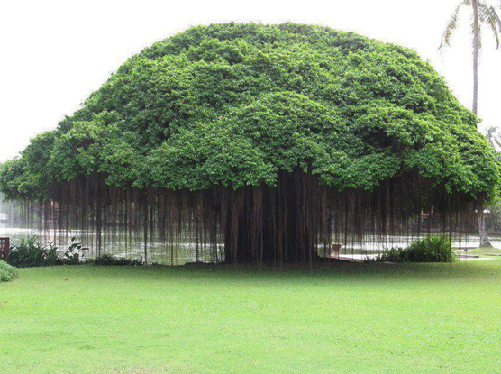

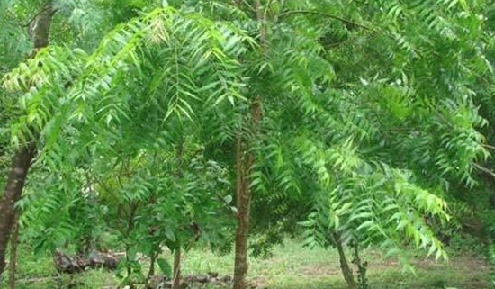

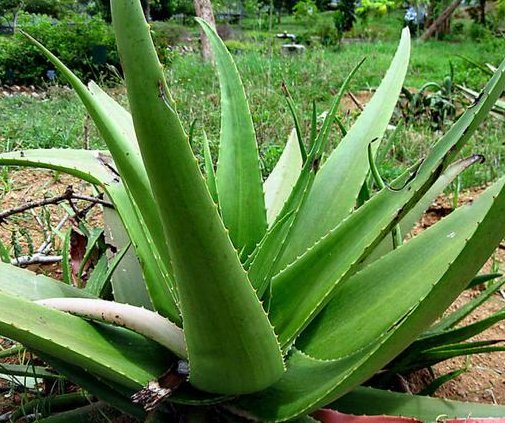

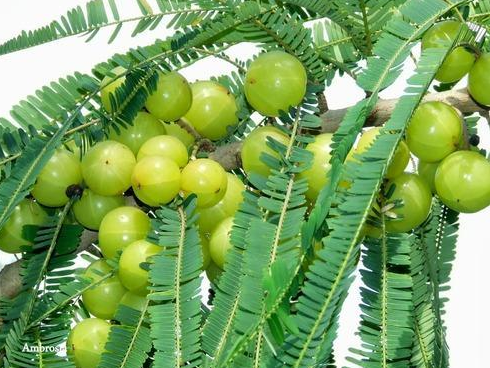

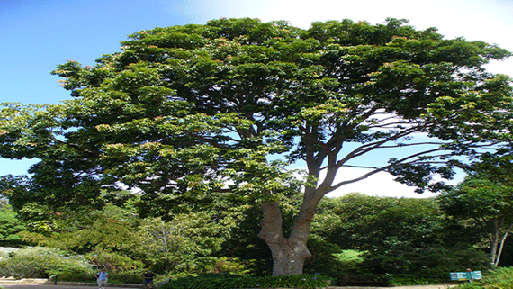




No comments:
Post a Comment